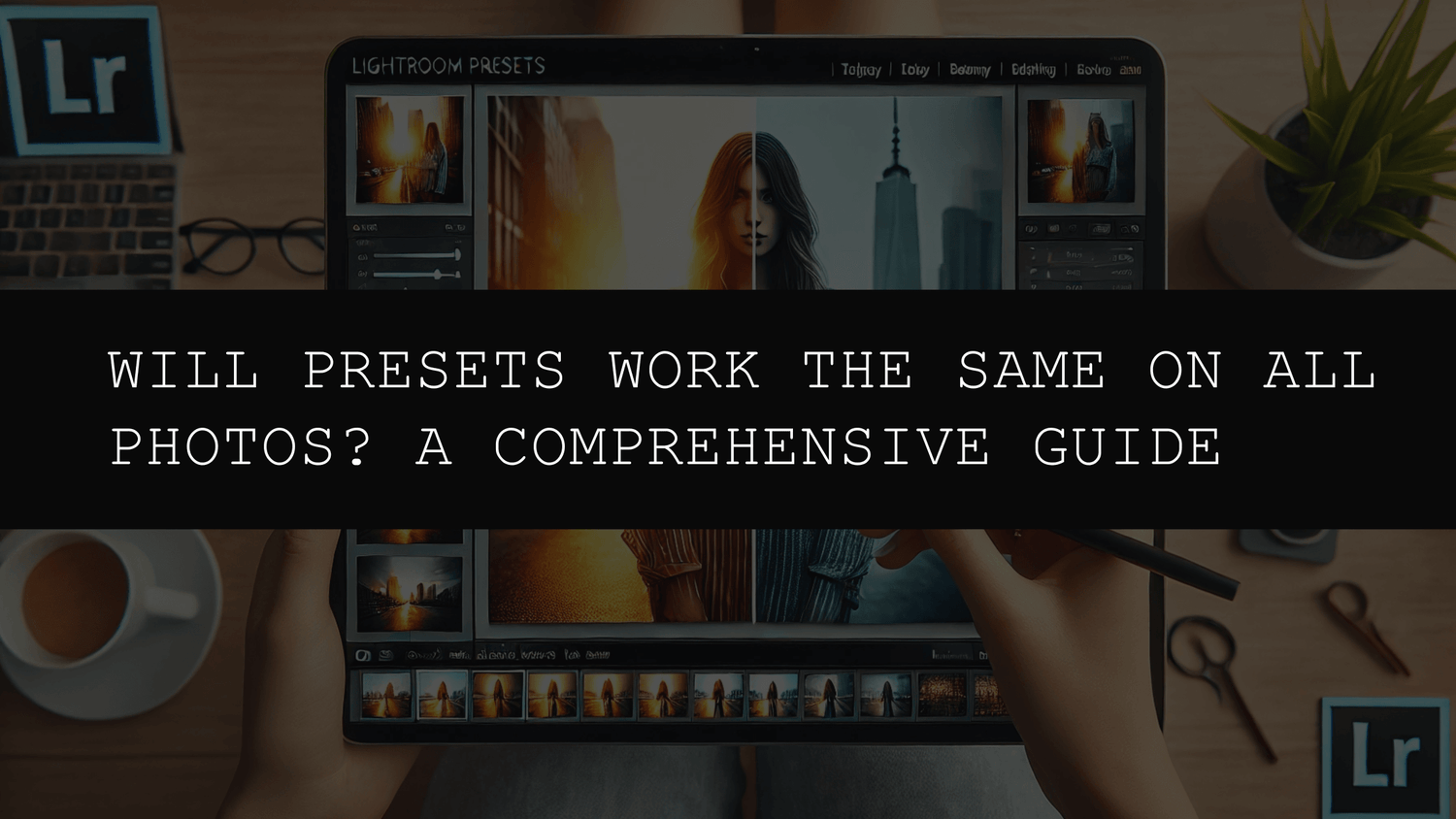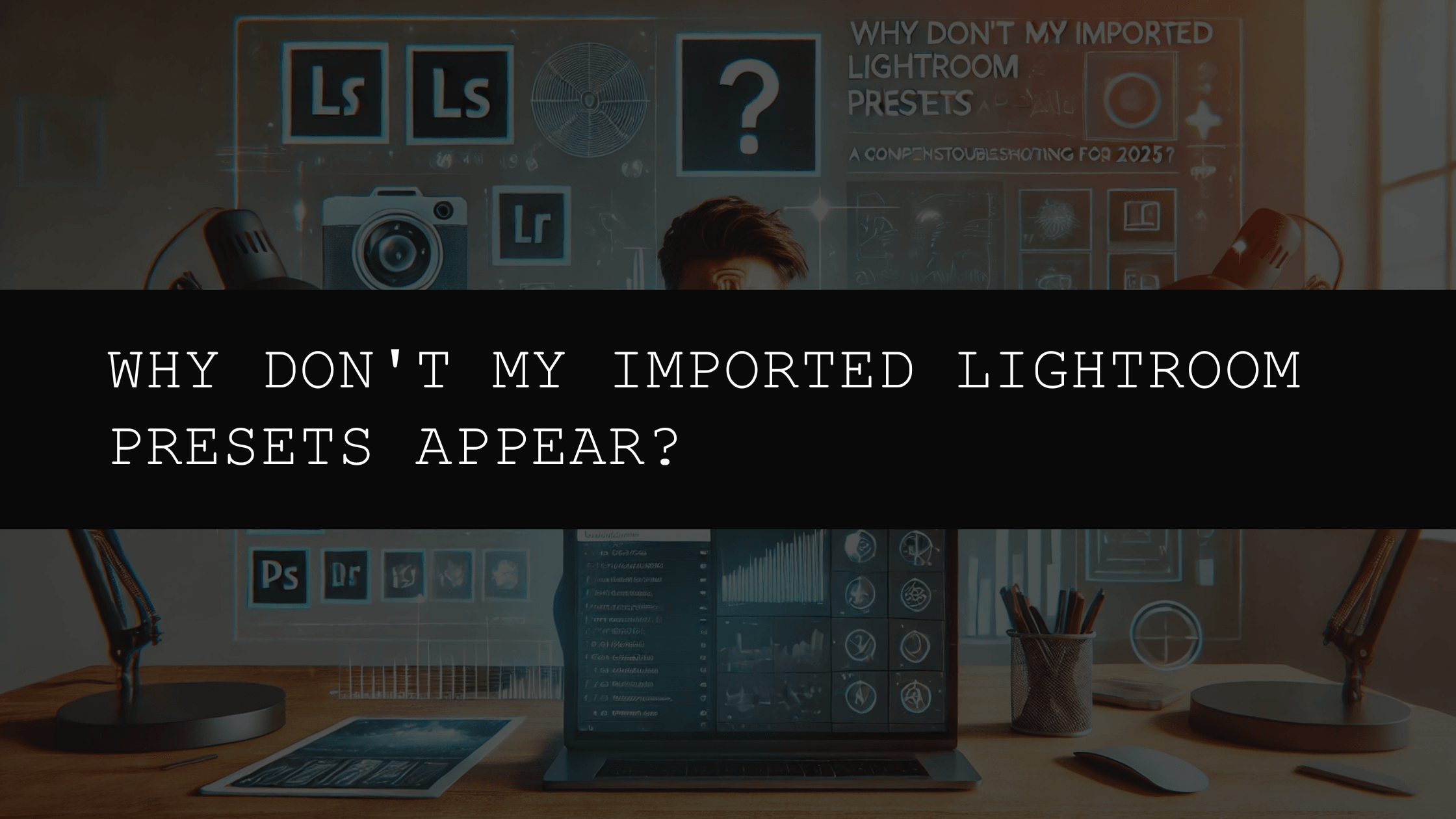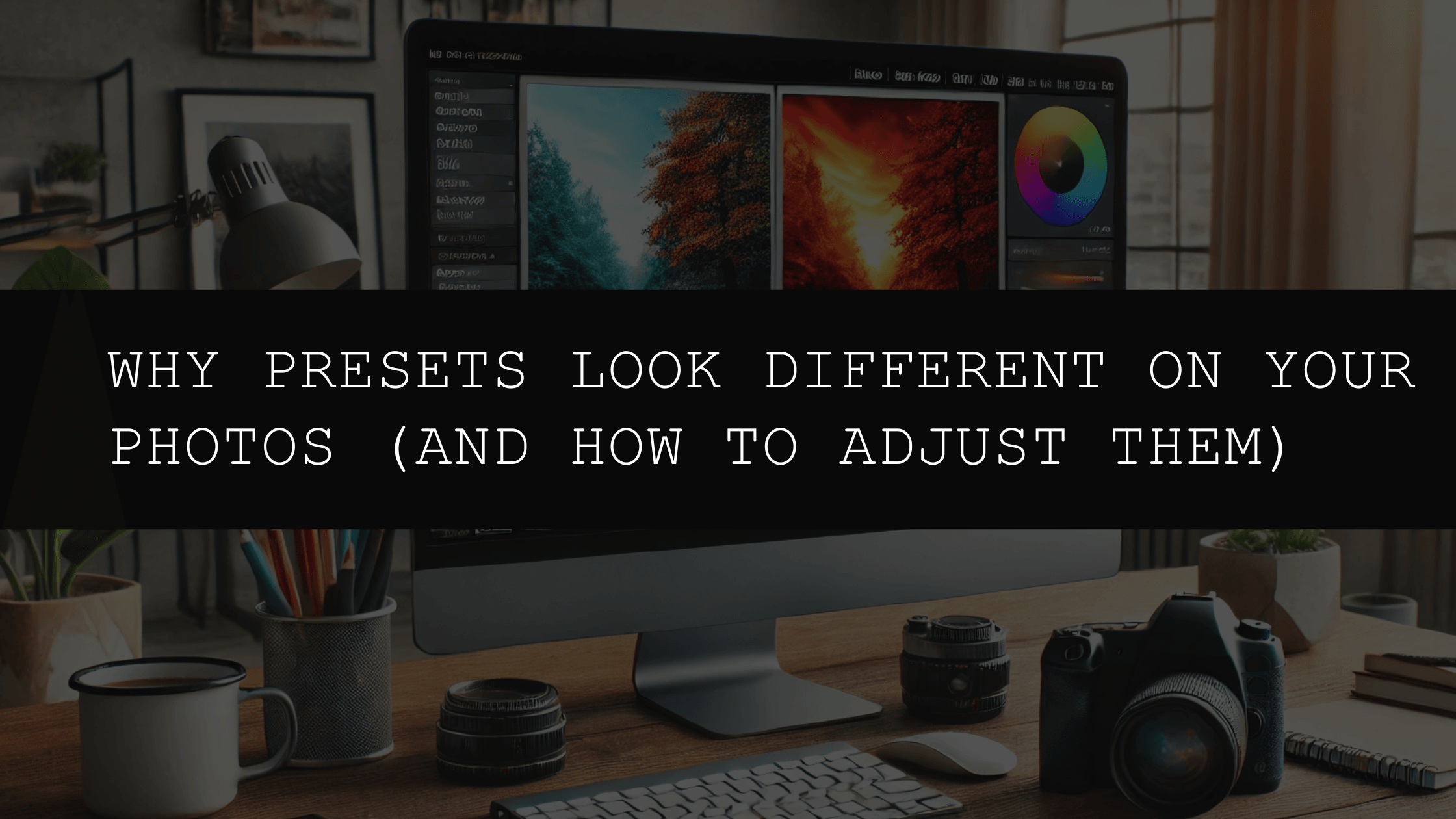Will Presets Work the Same on All Photos? A Comprehensive Guide for 2025
In the ever-evolving landscape of digital photography, presets have become indispensable tools for photographers of all skill levels. These pre-programmed editing settings offer a shortcut to achieving consistent, professional-looking edits, saving valuable time and effort. But a question frequently arises among both beginners and seasoned professionals: will presets truly produce identical results across all photographs? The straightforward answer is nuanced: while presets provide an excellent foundation for editing, a multitude of factors influence their final appearance on different images, making consistent, identical results across diverse photographic scenarios unlikely.
Understanding Lightroom Presets: A Deep Dive into Their Functionality
Lightroom presets are essentially pre-configured sets of adjustments applied to various aspects of your photos, including exposure, contrast, saturation, sharpness, white balance, and numerous other parameters. They streamline the editing process, allowing you to apply a uniform style across multiple images efficiently. Consider the versatility of the 1000+ Master Lightroom Presets Bundle, a comprehensive collection designed to cater to a broad spectrum of editing preferences and styles.

This extensive bundle boasts over 1000 presets in both DNG and XMP formats, ensuring compatibility with Adobe Lightroom across desktop and mobile platforms. Its diverse range of styles—from vintage and cinematic to black & white, portrait, landscape, and many more—empowers users to achieve stunning, professional-quality edits quickly. However, even with such a vast array of choices, the final results will inevitably vary depending on the specific characteristics of each individual photograph. The inherent variability in photographic subjects and capture conditions necessitates an understanding of these factors to effectively utilize presets.
Factors Influencing Preset Outcomes: A Detailed Examination
The appearance of a preset on a given image is shaped by a complex interplay of several factors. Let's delve into some key elements that affect the final result, providing a deeper understanding of why presets don't always yield identical results across various images.
- Lighting Conditions: The Foundation of Photographic Aesthetics The lighting conditions under which the photograph was taken significantly impact how a preset will transform the image. A preset designed for bright, sunny scenes, for instance, might produce unexpectedly dull or washed-out results when applied to a low-light photograph, and vice versa. Understanding the interplay between lighting and presets is crucial for achieving consistent and pleasing edits. Presets designed for bright, sunny scenes might overexpose darker images. Conversely, presets designed for low-light situations might not deliver the desired vibrancy on brightly lit images. Understanding the nuances of light and its impact on the preset's application is key.
- Subject Matter: Diversity and Variability in Photographic Subjects The subject of your photograph is another critical factor influencing preset outcomes. A preset that enhances portraits, with its focus on skin tones and facial features, might not be suitable for landscapes, product shots, or architectural photography. The colors, textures, and overall composition of the subject interact dynamically with the preset's adjustments, resulting in widely varying outcomes. Experimentation is essential to identify the most effective presets for different subjects. Consider a preset enhancing greens in landscape photos; it might not yield aesthetically pleasing results when applied to portraits.
- Image Composition and Color Palette: Harmonizing Presets with Existing Visual Elements The initial composition and color palette of your image also influence how the preset interacts with it. A photo with strong contrast between light and shadow, for example, might respond differently to a preset than an image with a more uniform tonal range. Similarly, the existing color balance will interact with the preset's color adjustments, leading to differences in the final look. Consider using presets that complement the existing composition and color scheme, ensuring harmony instead of conflict.
- Image Quality and Resolution: Impact of Image Resolution on Preset Effects High-resolution images with sharp details often react differently to presets than lower-resolution images. The finer details in a high-resolution image might be subtly affected by the preset's sharpening or noise reduction settings, leading to different levels of detail and overall clarity. Presets might need to be adjusted to accommodate variations in image quality. A preset that successfully sharpens a high-resolution image might overly sharpen a lower-resolution image, resulting in noticeable artifacts.
- Camera Settings and File Format: RAW vs. JPEG and the Role of Initial Capture The camera settings used to capture the original image and the resulting file format (RAW vs. JPEG) significantly influence how presets modify the image. RAW files provide greater flexibility and control, allowing for more precise adjustments of the preset's effects. JPEG images, having undergone in-camera processing, might have a more limited range of adjustment possibilities. RAW files offer more latitude for adjustments and greater control over the final image, whereas JPEGs are usually less flexible.
- Personal Preferences and Artistic Vision: The Subjectivity of Aesthetic Judgment Ultimately, the final judgment of whether a preset works well is highly subjective. What one photographer considers an excellent edit, another might find unsatisfactory. Presets provide a starting point, not a rigid formula. Use presets as a springboard for creativity, allowing your artistic vision to guide the final result. Individual preferences significantly influence which presets are deemed successful. A photographer's style, vision, and experience often dictate how a preset will be utilized.
Optimizing Preset Utilization: Tips and Strategies for Enhanced Results
While presets do not magically produce the same result on every photo, their effectiveness can be significantly enhanced by adopting strategic approaches. Begin by carefully selecting presets that align with the specific type of photograph being edited. The 1000+ Master Lightroom Presets Bundle offers a vast library, simplifying the search for suitable options. After applying a preset, make fine adjustments to accommodate the unique characteristics of your image. Experiment with different presets and blend them to create a unique, personalized look. Fine-tuning is crucial for achieving precisely the desired outcome.
Advanced Techniques: Mastering Presets for Professional Results
To truly leverage the power of presets, consider these advanced techniques. Masking and Graduated Filters: These tools allow for precise application of preset effects to specific areas of your image, preventing unwanted adjustments in other regions. Local Adjustments: Fine-tune the preset's effects on individual parts of your image, such as the sky, foreground, or subject, for a more refined and controlled edit. Combining Presets: Experiment with layering presets to create unique, custom looks. The 1000+ Master Lightroom Presets Bundle offers the perfect opportunity to explore this technique.
Exploring the Creative Potential of Presets: Beyond Automation
Presets should be viewed as a catalyst for creative exploration, not a rigid constraint. The 1000+ Master Lightroom Presets Bundle empowers photographers to discover new editing styles and develop their own unique visual signatures. By using presets as a foundation and applying personal touches, photographers can push boundaries and experiment with a myriad of looks. Don't be afraid to deviate from the preset's default settings and personalize the adjustments to reflect your individual style. The process of using presets should inspire creativity, not restrict it.
Troubleshooting Common Issues: Addressing Unexpected Outcomes
Sometimes, presets might not produce the desired effect. Over-Saturation: If your image appears overly saturated, adjust the saturation slider downwards to reduce the intensity. Color Casts: Unwanted color casts can be corrected using the white balance tools within Lightroom. Loss of Detail: If details are lost due to over-processing, try reducing the intensity of the preset or employing local adjustments to restore detail in specific areas. Remember, the 1000+ Master Lightroom Presets Bundle provides a wide range of presets to experiment with, allowing you to find the perfect starting point for your editing process.
Conclusion: Embracing Versatility and Experimentation in Post-Processing
Presets are undeniably valuable tools for streamlining photo editing, yet their application isn't uniform across all images. Numerous factors influence their final appearance, from lighting conditions and subject matter to composition, personal preferences, and artistic vision. Employ presets as a springboard for creativity, combining them with fine-tuning, strategic adjustments, and artistic judgment to achieve truly stunning results. The 1000+ Master Lightroom Presets Bundle provides a comprehensive resource, empowering you to explore and master the art of preset utilization. Embrace experimentation, refine your technique, and transform your photography with the power of presets.




Leave a comment
This site is protected by hCaptcha and the hCaptcha Privacy Policy and Terms of Service apply.